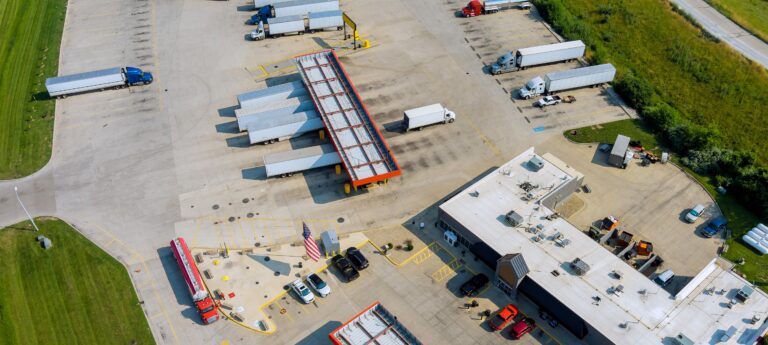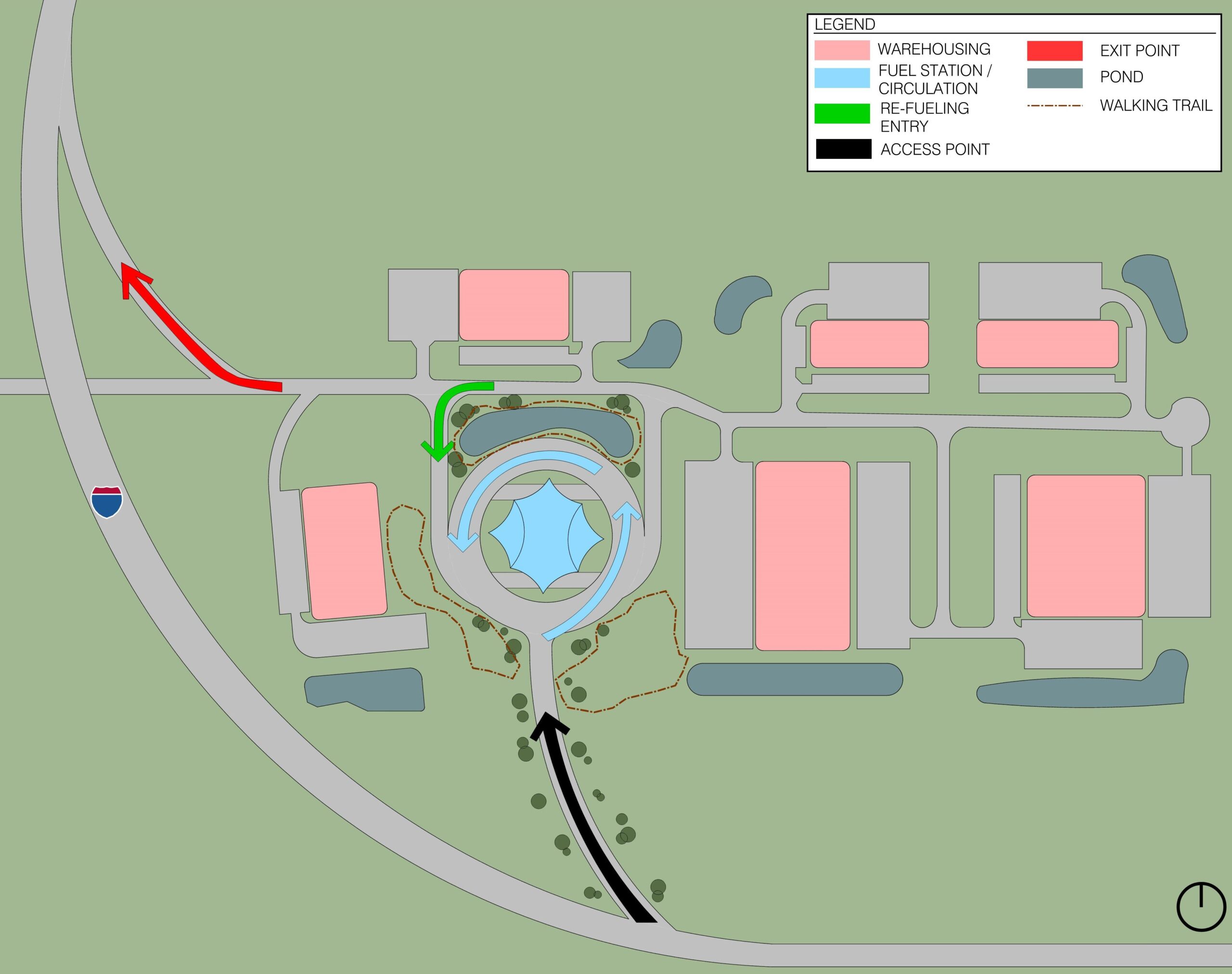Fueling Up: The Future of Industrial Innovation
At the center of modern commerce are a range of facilities like business distribution networks and large industrial parks. The key to success for these parks is efficiency. However, an often-overlooked aspect is fueling for the vehicles which visit them.
A well-integrated fueling station provides a seamless flow of operations that allows vehicles to complete a necessary task while removing an additional step and increasing efficiency. Adding fuel stations to industrial parks isn’t solely about expediency; it’s about improving the day-to-day routine of the average truck driver.
Enhancing the Efficiency of Fueling
The U.S. Department of Transportation found that truck drivers spend on average, about two hours in unpaid time per pick-up and drop off waiting to load or unload. Keeping a uniform schedule is necessary for the driver to stay ahead of the game, and if fueling stations are seamlessly integrated into a well-designed industrial park, it eliminates the need to travel to an additional location to refuel. This solution can then allow the driver to have valuable time put back into their trucking routes.
While truckers can usually find a travel stop near an industrial park, the stops are oftentimes congested and aren’t always tailored to larger vehicles. Creating a central terminal hub within an industrial park would meet this need and allow truck drivers to fuel up, rest and provide basic amenities.
A fuel station specifically designed for truckers to perform both human and work-related tasks elevates the trucker experience. This also contributes to a more efficient flow for fueling and any maintenance that needs to be completed before departing to their next route.
To ensure industrial operations can function at the highest level of efficiency, offering on-site fueling helps drivers regain some of the time spent between deliveries and could improve the industry overall. Identifying a location that allows optimal access is a significant step.
Proximity to major roadways is an important element to consider. Once a driver is in need of fuel, that need must be accommodated and accessible at any point in their travel within the industrial park. Vice versa, if a driver doesn’t need to refuel, the site layout shouldn’t hinder their decision to travel in and out of the site. The diagram below shows a potential location.
Tenant Flexibility & Customization
Often, there can be six or more businesses operating within the average industrial park. This presents a set of unique challenges as the operations and fleets attempt to work cohesively and monitor the flow of traffic around the site. However, integrated fueling offers a number of potential benefits:
- The businesses and industrial park have an opportunity to compete and differentiate themselves for future leases.
- Designing the site for multiple energy types, including diesel, fuel and EV-charging, lends the opportunity to scale for the future and attract new trucking companies.
- The businesses could act as a landlord and owner of the fueling station and subsequently share in the profits.
Paving the Road Ahead
Though fuel station design and industrial design seem like two separate entities, we continue to think of new ways to revolutionize the industry with our clients and their end-users in mind. Offering a fueling component in an industrial park is a small, yet compelling amenity for developers to consider, and is another way in which BRR is committed to elevating the user experience.







